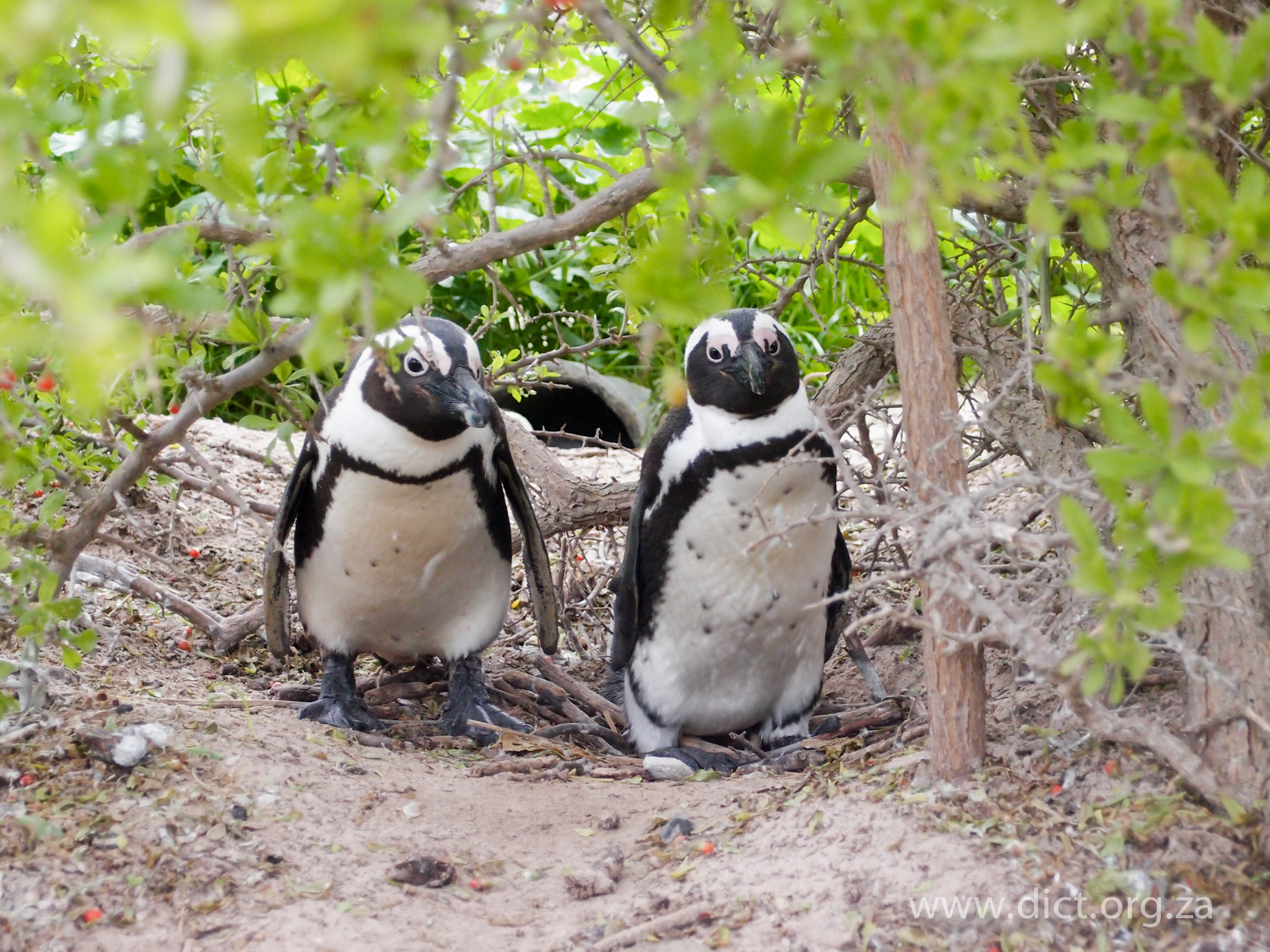Public-private collaboration for conservation
businesses. Together with the tourism partner companies, DICT conducts research, conservation and education in the marine environment of the Gansbaai district in the Western Cape. The commercial companies provide logistical and onsite support for biologists and the Trust to operate, while political support is provided by the Municipality and Cape Nature DICT projects are focused on the Marine Big 5 – African penguin, great white shark, Southern right whale, Cape fur seal, dolphins - surrounding Dyer Island. Dyer Island is a breeding colony for the endangered African penguin and an Important Bird Area. The successful collaboration in this public-private partnership has grown organically and is unique to the context and stakeholder landscape in this particular destination. However, there is clear scope for replicating this model, by identifying the key touristic value provided by a given ecosystem based attraction, creating broad awareness around it amongst all relevant parties in a destination and then build a commercially and environmentally successful strategy and multi-stakeholder governance body around it.
o Success of commercial businesses by constantly reinvesting profits into the companies: Monitoring research to enable conservation of coastal and marine ecosystems, which are the main asset of the business model on the Cape Whale Coast. Similarly, investing in bigger boats and other physical capital would be redundant if the natural capital assets were to erode further.
o Partnerships with other businesses in the destination, tour operators, other non-tourism businesses; local government, non-profits such as Fair Trade Tourism and the general public
While the Trust has been instrumental in raising the profile of this incredible marine area, none of the conservation, research and education work would have been possible without successful commercial businesses. For example, the daily data capturing and observations of marine animals and seabirds have been instrumental in conclusions with regards to their behavior – and have led to important scientific publications. Funds toward the Trust are also raised by the companies, ensuring its financial stability. The Trust aims to protect the marine heritage and was able to submit a letter of concern regarding the proposed nuclear power plant at Bantamsklip, just over 22 km from their office in 2010. Based on the wealth of its own research findings and local knowledge it was possible to point out critical flaws in the Environmental Impact Assessment. As a result, the University of Pretoria will in future be consulted regarding the species of this area and any possible monitoring programs.
